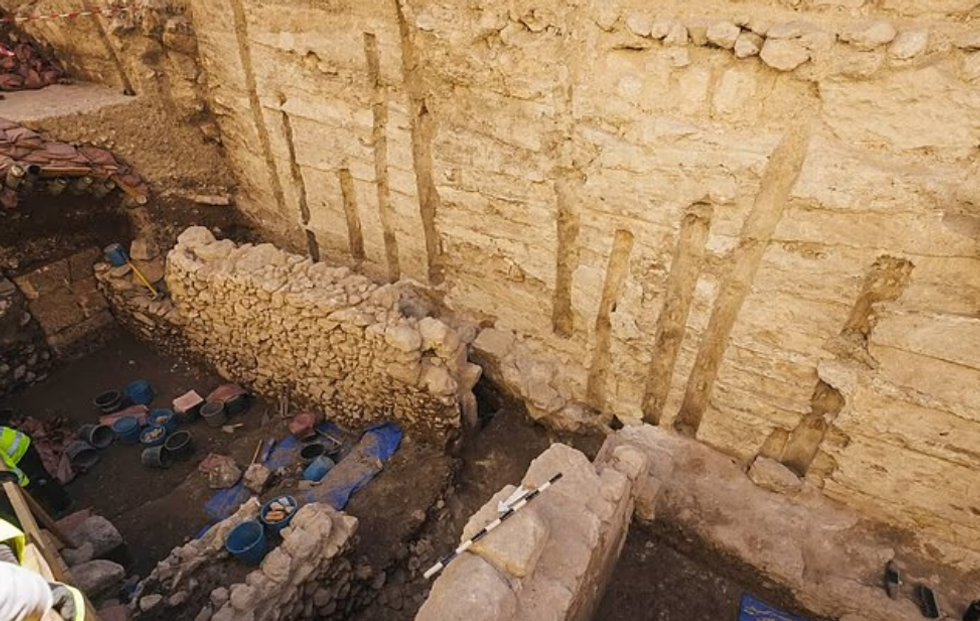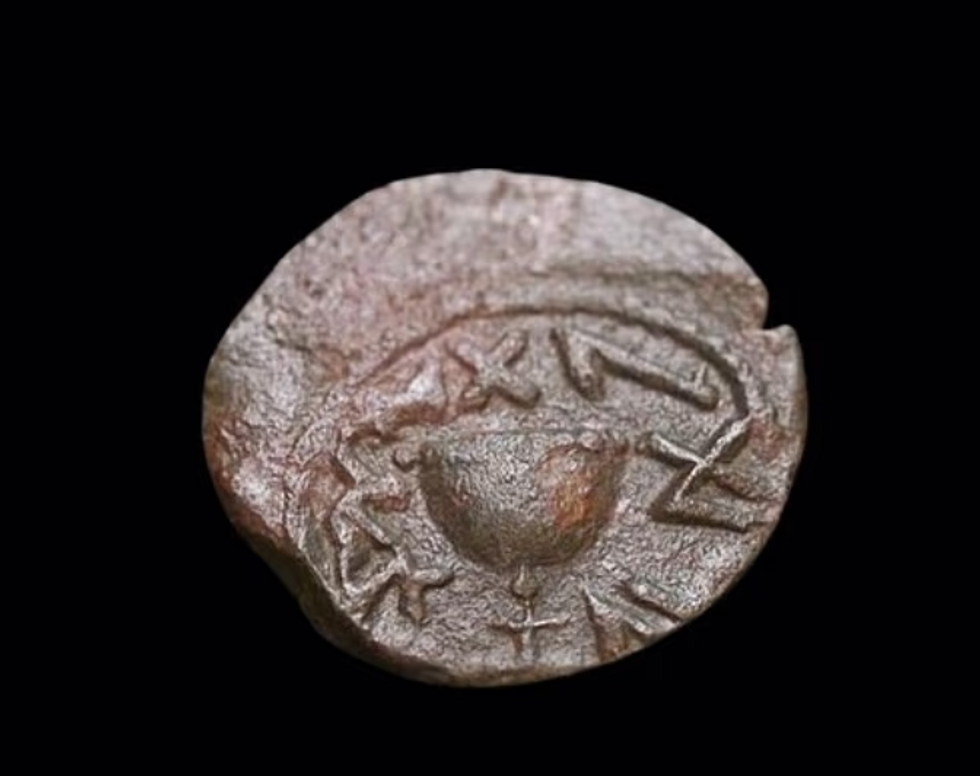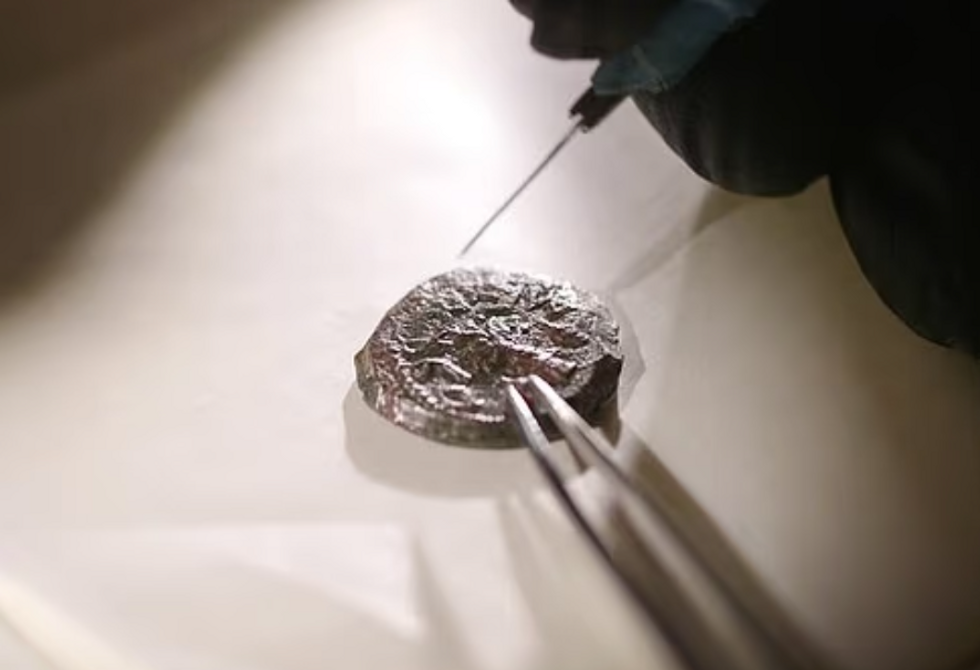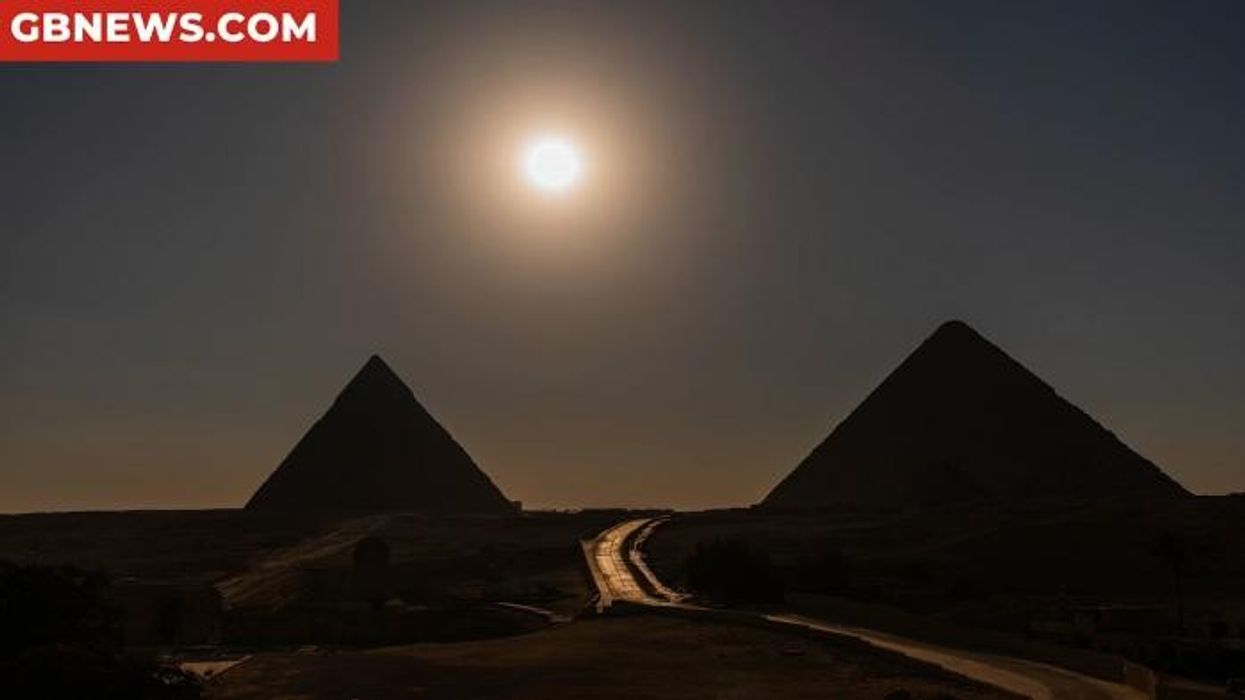Archaeology breakthrough as 2,000-year-old coin linked to Jesus' biblical prophecy unearthed

The timing proves significant as Jesus's crucifixion occurred only decades earlier
Don't Miss
Most Read
Latest
Archaeological excavations in Jerusalem have revealed a bronze coin from 69-70 AD, created mere months before Roman forces demolished the Second Temple in an event foretold by Jesus in biblical accounts.
The ancient currency piece emerged during Israel Antiquities Authority excavations close to the Temple Mount's southwestern section.
Jewish insurgents struck this coin in their rebellion's fourth year against Roman authority, a conflict historians call the First Jewish-Roman War or Great Revolt spanning 66-73 AD.
**ARE YOU READING THIS ON OUR APP? DOWNLOAD NOW FOR THE BEST GB NEWS EXPERIENCE**
The timing proves significant as Jesus's crucifixion occurred only decades earlier, and Gospel accounts in Matthew, Mark and Luke record his prediction that the Temple would be utterly destroyed with no stones remaining together.

The ancient currency piece emerged during Israel Antiquities Authority excavations close to the Temple Mount's southwestern section
|ISRAEL ANTIQUITIES AUTHORITY
Ancient Hebrew lettering on the coin's front face reads "For the Redemption of Zion", revealing the insurgents' aspirations during their struggle's final phase.
The reverse displays a palm branch used in Sukkot celebrations, flanked by two citron fruits employed in the same religious observance.
This festival marks the period when ancient Israelites traversed the wilderness following their departure from Egyptian bondage.
Yanniv David Levy, researcher and curator at the IAA's numismatic division, noted: "The coin is made of bronze, and its state of preservation is quite good."
LATEST DEVELOPMENTS:

Archaeological excavations in Jerusalem have revealed a bronze coin from 69-70 AD
|ISRAEL ANTIQUITIES AUTHORITY
Experts suggest these religious symbols might have been chosen to inspire feelings of deliverance and faith in divine intervention amongst the resistance fighters.
The uprising began due to religious conflicts, excessive Roman levies and governmental subjugation, ultimately concluding at Masada in AD 73 with catastrophic casualties.
The discovery occurred at an imposing defensive structure that archaeologists identified last year.
This fortification features an enormous trench carved through bedrock, creating a formidable barrier between the City of David and the Temple Mount region.

Ancient Hebrew lettering on the coin's front face reads 'For the Redemption of Zion'
|ISRAEL ANTIQUITIES AUTHORITY
Sheer rock faces flanking the channel rendered it completely impassable.
Archaeological evidence indicates the trench served as the lower city's northern defensive boundary.
The IAA said: "It is not known when the moat was originally cut, but evidence suggests it was used during the centuries when Jerusalem was the capital of the Kingdom of Judah, almost 3,000 years ago, beginning with King Josiah."
The excavation revealed the trench measures at least nine metres deep and exceeds 30 metres in width, representing an extraordinary feat of ancient engineering.











